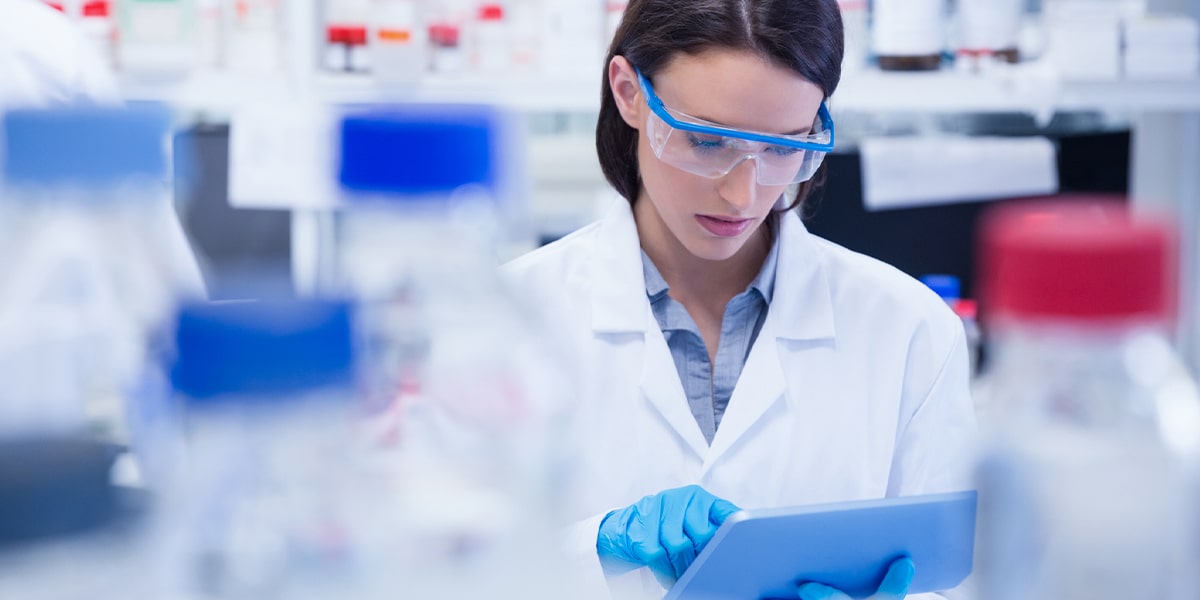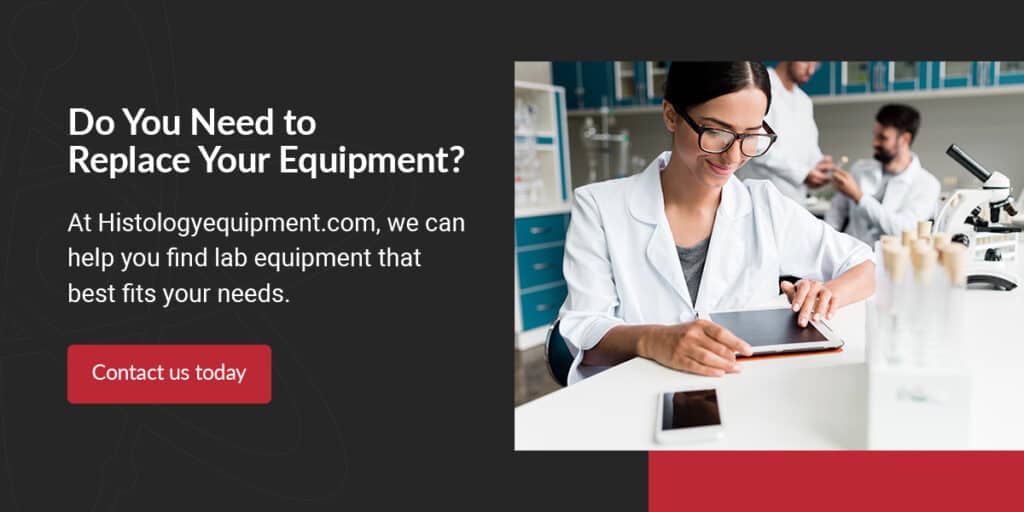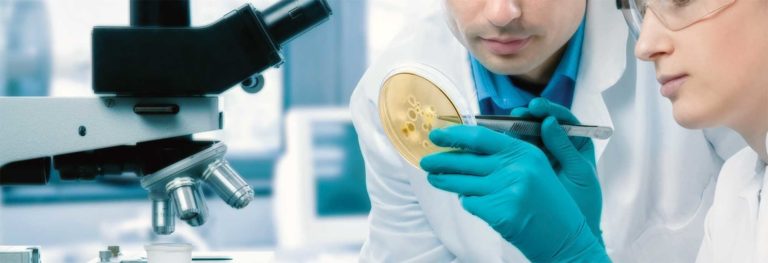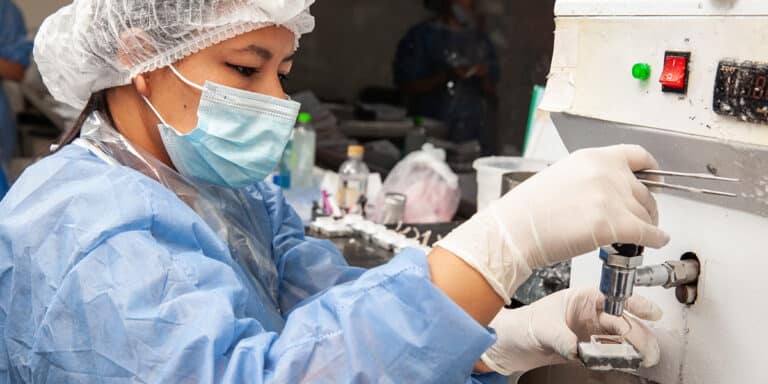How Often Does Lab Equipment Require Maintenance?
Maintaining lab equipment is crucial in getting accurate results, ensuring safety, preventing downtime and complying with regulations. In short, you should maintain equipment at least as often as the manufacturer recommends. Everything you need to know about maintaining your lab equipment should be in its manual, including instructions on cleaning and replacing certain parts.
That said, aim to clean your lab equipment every day that it’s used. It also never hurts to quickly inspect important components, like electrical cords, daily. Regarding professional service and maintenance, aim to have this done at least once a year or more if recommended by the manufacturer.
If you don’t use certain pieces of equipment often, you’ll still need to check their condition. Equipment that sits in storage can be impacted by environmental factors, like dust or humidity, so it’s important to ensure these pieces are up to par before use.
What Equipment Needs to Be Checked More Frequently?
Although you’ll want to follow the manufacturer’s recommended maintenance schedule for all equipment, some equipment calls for extra attention. The following factors can help you determine how often you should inspect equipment:
1. High-Use Equipment
You’ll want to check high-use equipment more frequently than occasionally used pieces. Heavy use can lead to faster wear and tear of components like gaskets, rotors or blades. Aim to do a quick visual inspection of high-use items for signs of wear, damage, leaks or residue daily and stick to the maintenance schedule.
2. Older Pieces
Older equipment may have undergone years of use, which means they may have worn components that must be repaired or replaced. Frequently check old equipment for signs of damage or wear, keeping your eyes peeled for damaged parts that could lead to injuries, like cracked glass or frayed electrical cords.
3. Equipment Used in Harsh Environments
Pieces used in highly humid or dusty environments or extreme temperatures should be checked and maintained often. For example, consider that humidity promotes corrosion of metal components, which would reduce performance or lead to equipment failure.
What Will Happen if You Don’t Check Lab Equipment Regularly?
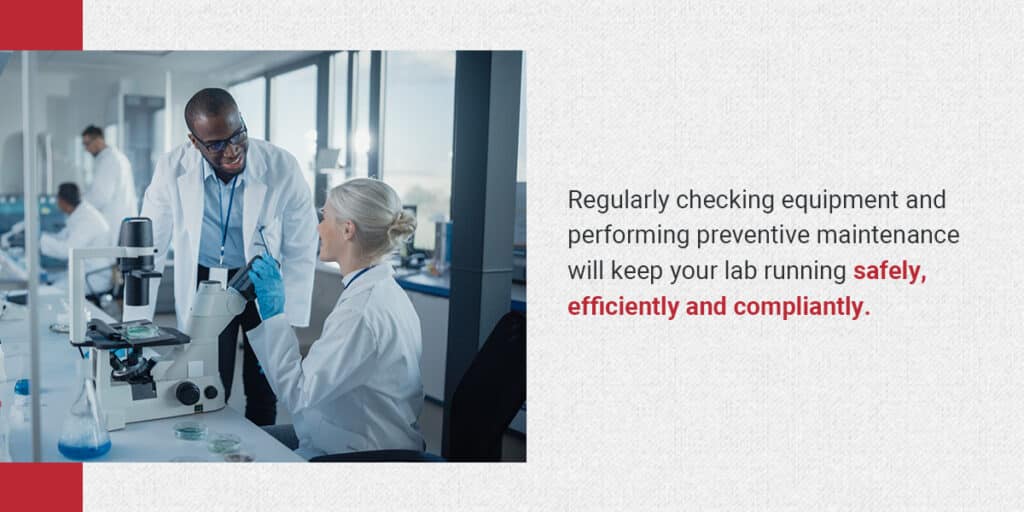
Regularly checking equipment and performing preventive maintenance will keep your lab running safely, efficiently and compliantly. By contrast, if you don’t keep equipment clean or replace damaged components, there could be serious consequences.
Here’s what could happen if your lab doesn’t follow the recommended maintenance for each piece of equipment:
1. Shortened Equipment Life Span
If you own a car, you probably know how important it is to regularly check and change the oil or replace damaged parts — if you want to keep it running as long as possible. The same applies to lab equipment.
When you regularly inspect equipment, you can identify any issues before they grow into something large and costly. Preventive maintenance also helps to keep components from degrading and needing to be replaced in the first place.
Maintaining lab equipment extends each piece’s life span, so it’s well worth the time and effort.
2. Higher Injury Risk
Labs often have equipment that uses extremely high or low temperatures, electrical components, knives or blades, or pressure. Therefore, many types of lab equipment could be hazardous if they have worn or damaged parts.
Ensuring equipment is functioning properly and has no broken parts will decrease the chances of someone getting hurt. You’ll also reduce the risk of damage to your facility or other equipment.
3. Potential Compliance Issues
Depending on the type of lab you manage or work for, you may face periodic inspections. For instance, if your lab tests human specimens to prevent or diagnose disease, you must comply with regulations under the Clinical Laboratory Improvement Amendments of 1988 (CLIA). Under the CLIA, labs must maintain lab equipment as the manufacturer recommends and document it.
Histology labs, conversely, do not fall under CLIA because they do not interpret results to diagnose anything — they instead process specimens. However, histology labs may be accredited by the College of American Pathologists, which performs inspections every two years. Know that the Centers for Medicare and Medicaid Services can inspect both accredited and CLIA-certified labs if there’s a complaint.
If your lab is accredited or certified, follow guidelines set by CLIA or the College of American Pathologists and always follow manufacturers’ recommendations. When you keep your lab and its equipment maintained, you can have peace of mind knowing you’re following compliance standards.
4. Inaccurate Results
Equipment that is not well maintained or calibrated can lead to imprecision and inaccurate results. These errors could have costly consequences for a lab and potentially impact patient care.
Because accurate testing and processing are critical in labs, maintaining equipment deserves top priority.
How Often to Test and Calibrate Lab Equipment
Calibration ensures accuracy and, depending on your lab, may be required. For example, CLIA-certified labs must test and calibrate equipment at least every six months using the manufacturer’s instructions for guidance.
Any lab should calibrate its equipment at the frequency recommended by the manufacturer. You might also need to calibrate equipment when changing a reagent lot or after performing equipment maintenance or repairs.
Best Practices for the Care and Maintenance of Lab Equipment
To keep everything in top shape, follow these best practices:
- Have equipment manuals easily accessible and ensure personnel know where these manuals are located at all times.
- Create preventive maintenance schedules for each piece of equipment using each manufacturer’s recommendations.
- Ensure staff is trained properly inspecting, cleaning and maintaining the lab equipment they use.
- Keep organized, detailed records of all maintenance performed.
- Tagout and lockout any damaged equipment until repairs can be made.
- Wipe down equipment every day and clean spills immediately.
- Make sure equipment is dry and clean before storing it.
Laboratory Equipment Maintenance Checklist
Each piece of equipment should have its own maintenance instructions provided by the manufacturer. To give you an idea of what this might look like, below is an example of histology equipment maintenance.
A maintenance checklist for this Leica® RM2255 rotary microtome may look like this:
- Clean and dry the knife or blade, knife holder, and cassette clamp daily.
- Wipe down panels and outside surfaces every day if needed.
- Remove and replace fuses as needed.
- Lubricate the specimen and knife holder components once a month.
- Have the equipment inspected by an authorized technician every 12 to 24 months, depending on use.
Do You Need to Replace Your Equipment?
While regular maintenance will keep your lab equipment running longer, sometimes, it won’t cut it. You might need to replace a piece of equipment if it consistently produces inaccurate results or shows signs of damage.
At Histologyequipment.com, we can help you find lab equipment that best fits your needs. We offer carefully refurbished and new histology equipment from the industry’s top manufacturers, including cryostats, microtomes and tissue processors. No matter what type of lab equipment you’re in the market for, we’ll provide exceptional quality and customer support to ensure you get what you need.
Contact us today for more information or to get a quote.

